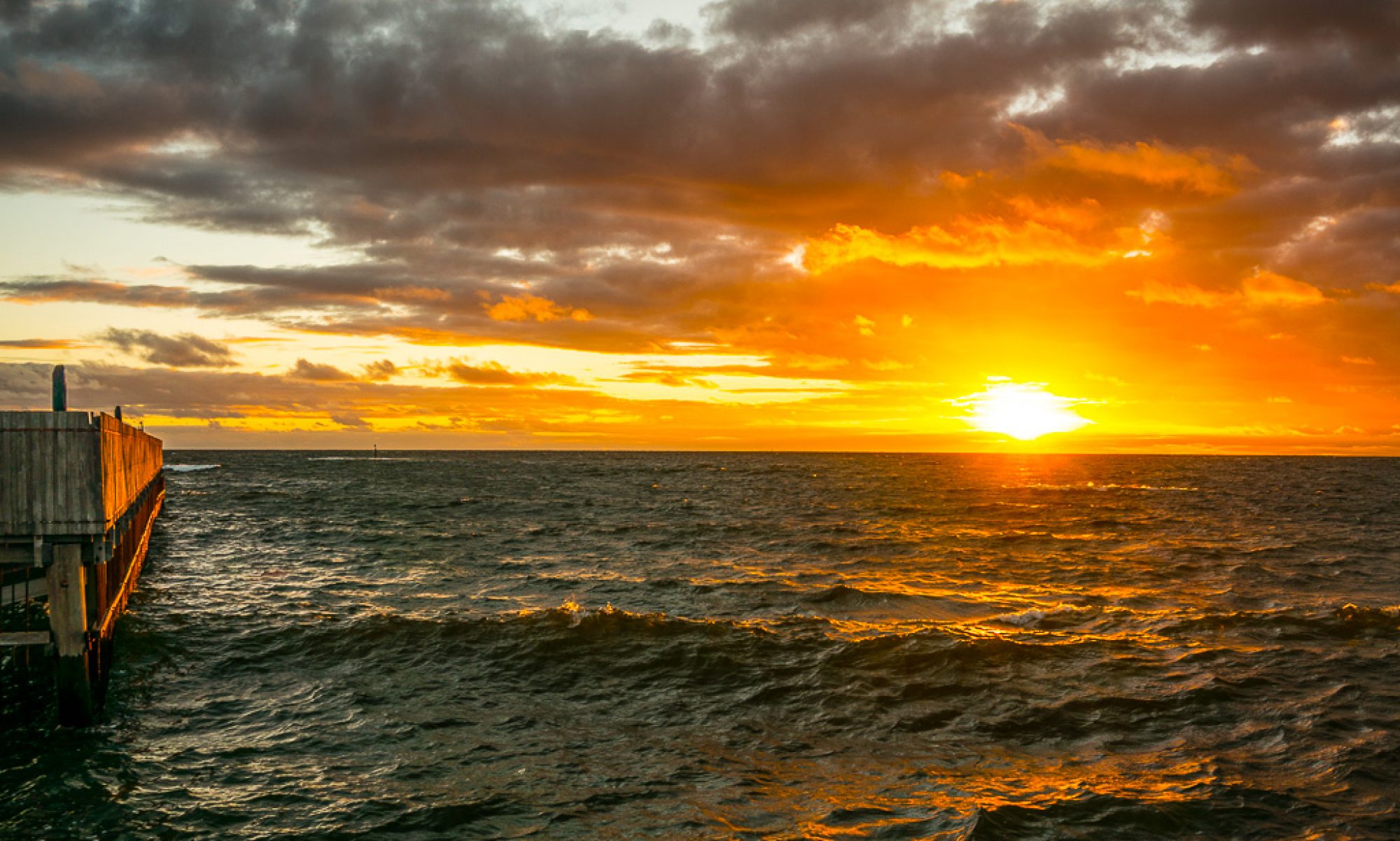I’ve had a couple of comments from family members that reading my blog posts, where I’ve been using Ordnance Survey maps to display the track of the walk, has not been very friendly when read on a phone. The post doesn’t scroll very well when the map takes up the whole screen width.
So from my last post – the Rhossili to Port-Eynon walk on the Wales Coast Path – and on into the foreseeable future, I’ve decided to revert to using embedded Google Maps on these Posts. [NB I’ve also edited all the posts from the last one I used Everytrail to produce maps in June 2014 so that the Map now appears at the bottom of the text – which should make it easier to read when scrolling on a mobile device.] For my own benefit, but maybe for anyone else interested in doing the same sort of thing, I’m recording the Workflow that I’m now using to produce the maps and to then incorporate them in a self-hosted WordPress blog. [Some of the links to the actual maps and Google Drive might not work for anyone other than me, however.]
Here goes …
1. Connect the Garmin (I have a Garmin 450T GPS device) to a computer
2. Download the Current Track, having first noted the walk statistics from the Trip Computer
3. I’m going to save on my Google Drive in a folder – Walks & GPS Tracks > GPX
4. Upload the GPX file to the WordPress blog (in my case “Just thoughts …”) into the Media folder so that the OSMAP plugin can be used to create a Page for the OSMap , if needed/wanted, or to embed into a Post [As mentioned above, I’ve now decided not to embed into a blog post.]
5. Start the really excellent GPS Visualizer in your browser (I’m using Chrome)
6. Select the Google Earth input form page
7. Complete form parameters, eg output format (must be .kml, not .kmz), metric or US (miles), I’ve decided to choose magenta for track colour
8. Start Google Maps Engine Lite (or https://www.google.com/maps/d/?hl=en&authuser=0&action=open) in a different browser tab
9. Set Base Map to Satellite, Import the kml file (created in GPSVisualizer) as a Layer and select colours of track (f not previously set in GPS Visualizer), then Save adding a name to the track and (optionally) a description
10. Finally, change the access rights to Public from the Share Button, and select Embed this map (from pull-down Menu). The embedded map should look something like this …
… and the code, after you’ve pasted it into your blog post, should look something like this …
<iframe src=”https://www.google.com/maps/d/embed?mid=zkpaIhkzLG5s.klzwzxxHfEsM” width=”640″ height=”480″></iframe>
… or, if using the OSMAP plugin …
NB REMEMBER TO PUT THE MAP AT THE BOTTOM OF THE POST.

